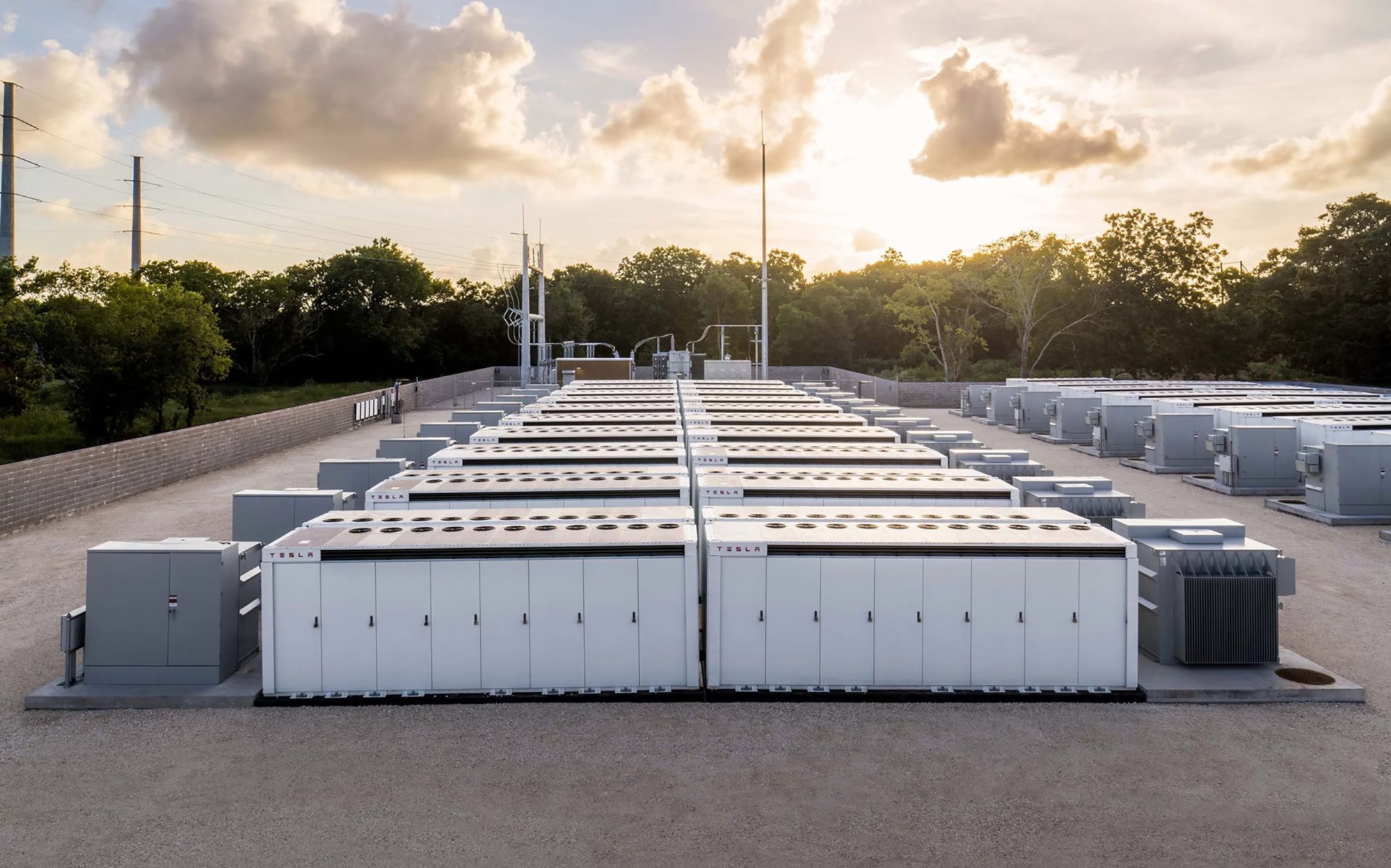China’s energy storage capacity based on new technologies such as lithium-ion batteries tripled year on year in the first quarter of 2024, as tech giants like Tesla and Contemporary Amperex Technology (CATL) are looking to the sector for growth thanks to China’s 2060 carbon-neutral goal and strong policy push.
The country’s overall capacity in the “new type” energy storage sector surpassed 35 gigawatts (GW) by the end of March this year, representing 12 per cent growth from the end of 2023 and 210 per cent growth from a year earlier, China’s National Energy Administration (NEA) said on Tuesday.
More than half of the sector’s storage capacity comes from large-scale energy storage projects with a capacity of more than 0.1GW, according to the NEA. Northwestern China, with its abundant wind and solar energy, accounts for nearly 30 per cent of China’s in-operation energy storage capacity, the NEA said.
Such projects are necessary to ensure a constant supply of power even when generation from intermittent sources like wind and solar dips. And the need is growing because China’s installed capacity of renewable energy exceeded 1,450GW as of the end of last year, equal to more than half of the country’s total installed power generation capacity, according to the NEA.
China’s national goal is to have 80 per cent of its total energy mix come from non-fossil-fuel sources by 2060.
New-type energy storage refers to the use of batteries as well as other technologies including electrochemical, compressed air, flywheel and thermal energy storage. It does not include pumped hydro storage.
Lithium-ion batteries accounted for 97 per cent of China’s operational energy storage capacity as of the end of 2023, with other emerging technologies accounting for the rest, NEA said.
China’s central economic planner, the National Development and Reform Commission, released an action plan in 2022 for developing new-type energy storage for the five-year period ending in 2025, ordering the sector to reach large-scale commercialisation by then.
As of last month, more than 20 provinces and cities in China have introduced local plans for energy storage, according to the NEA.
State-owned enterprises and industry leaders have looked into the booming sector. Last month, state-owned utility firm China Southern Power Grid launched the country’s first large-scale energy station based on sodium-ion batteries in the Guangxi autonomous region in southern China. The project could have wide-ranging implications for the clean-energy industry, as the new technology is seen as a promising alternative to resource-dependent lithium batteries.

In Shanghai, electric vehicle (EV) maker Tesla is building a production plant for its Megapack, a large, stationary, lithium-ion battery product intended for use at power-storage stations. The factory will be the first for the Megapack outside the United States. Mass production is expected to begin in the first quarter of next year. In a call with investors in January, Tesla’s founder Elon Musk said growth in its energy storage business will outpace its car business in 2024.
Each Megapack can store enough energy to power 3,600 homes for one hour, according to the company, and the Shanghai factory is expected to churn out batteries with a total energy storage capacity of 40GWh a year.
CATL, Tesla’s battery supplier and the world’s largest EV battery manufacturer, is also a leading player in China’s energy storage sector. In April, the Fujian-headquartered company launched what it claimed is the world’s first mass-producible energy storage system that offers zero capacity loss for five years.
By 2030, the global energy storage sector is expected to reach a total capacity of 137GW, with China as the biggest regional market, accounting for more than a third of the global capacity, according to BloombergNEF.


